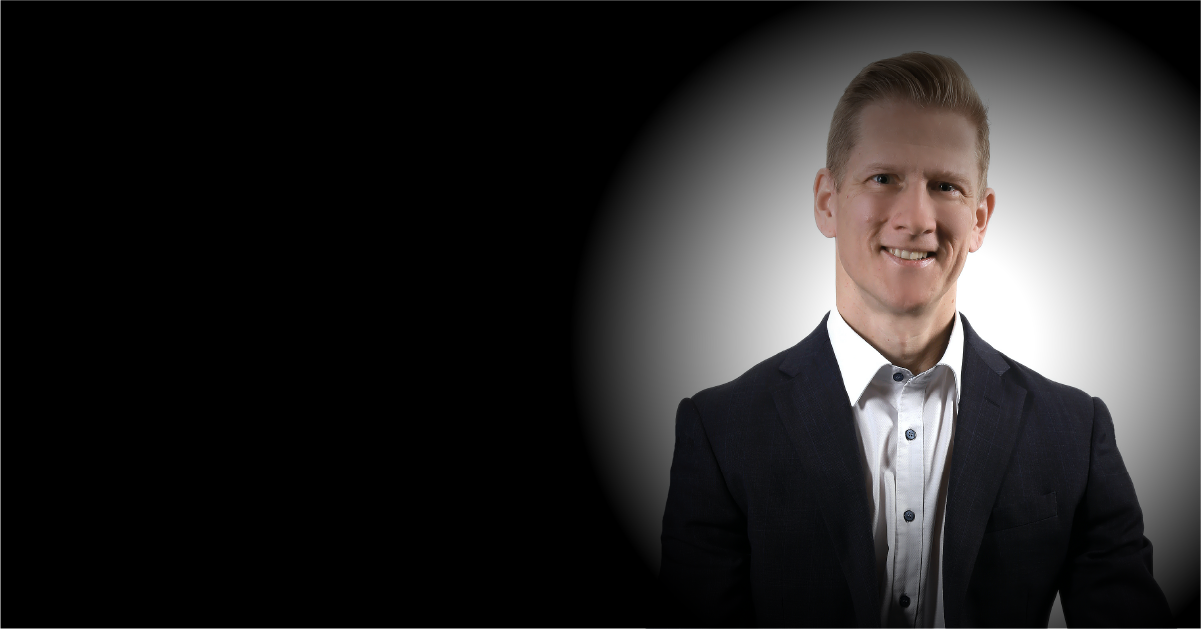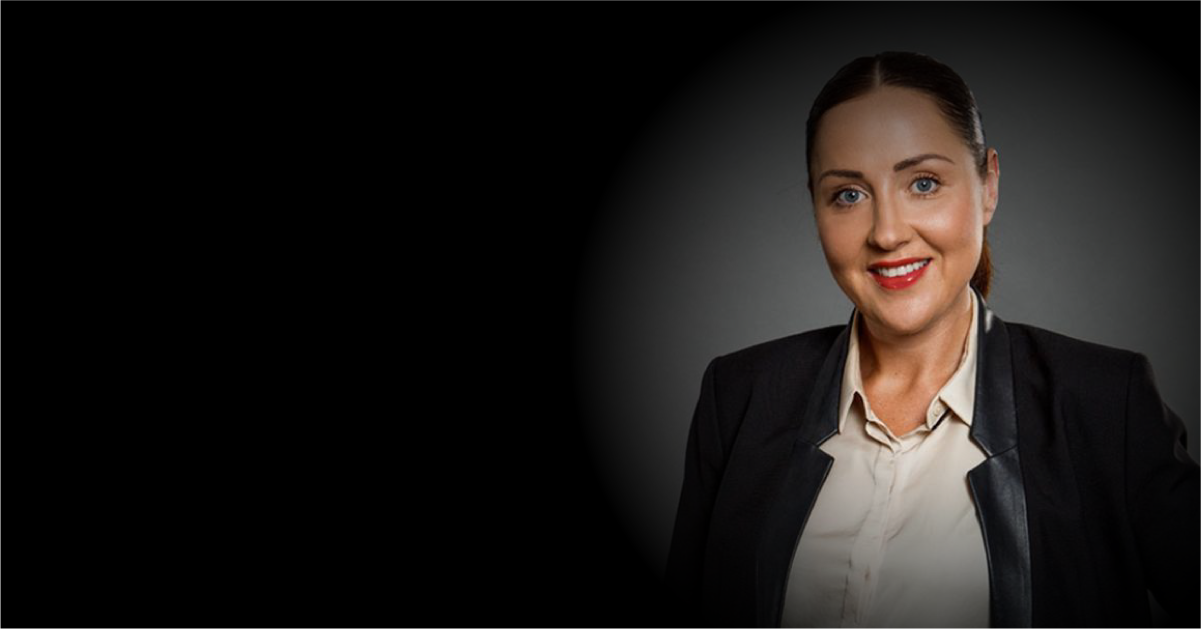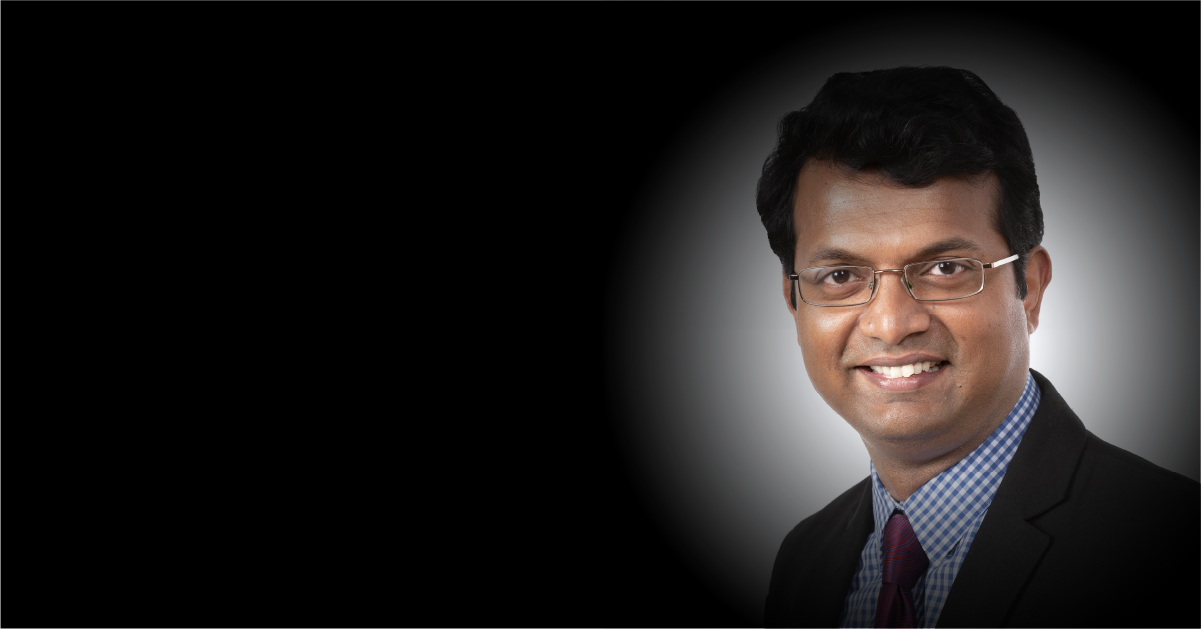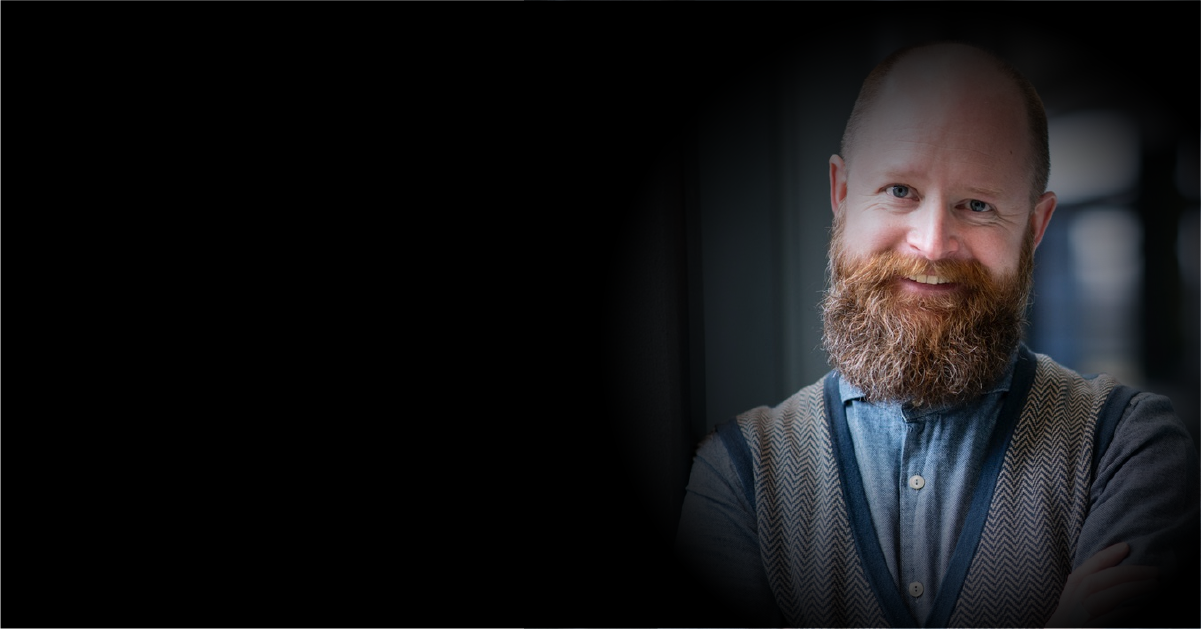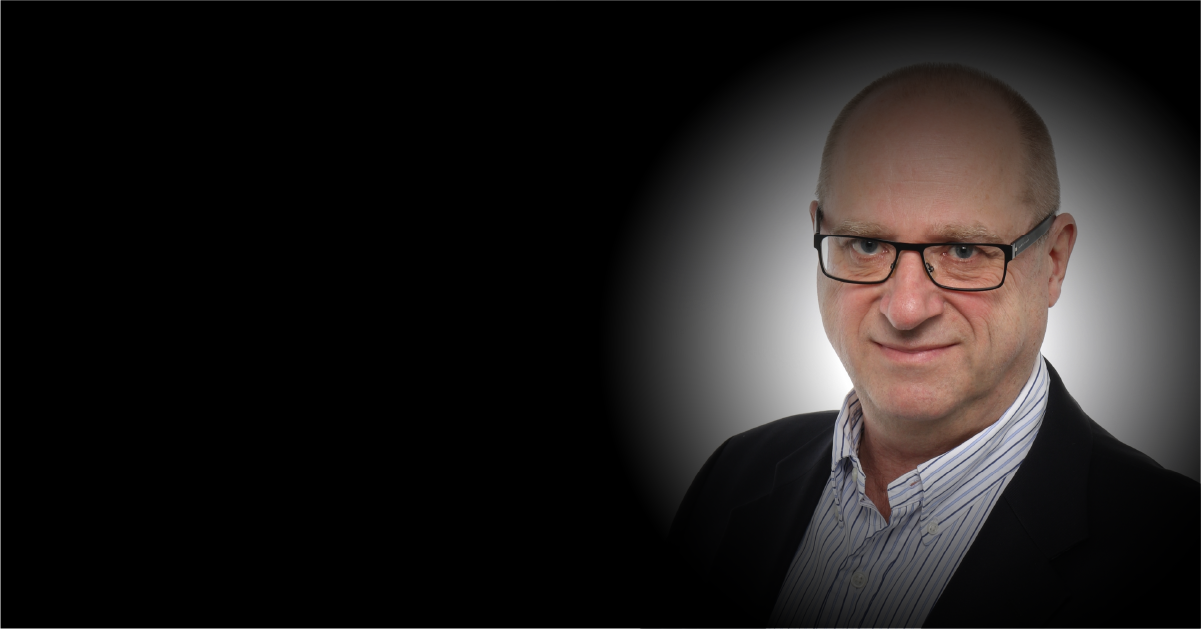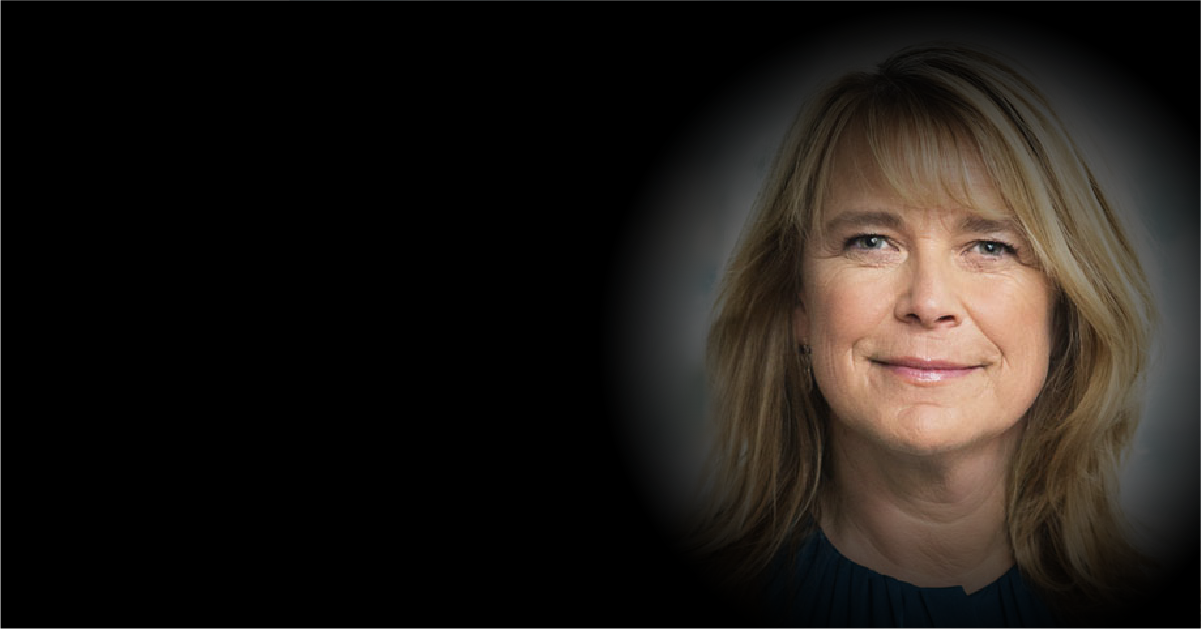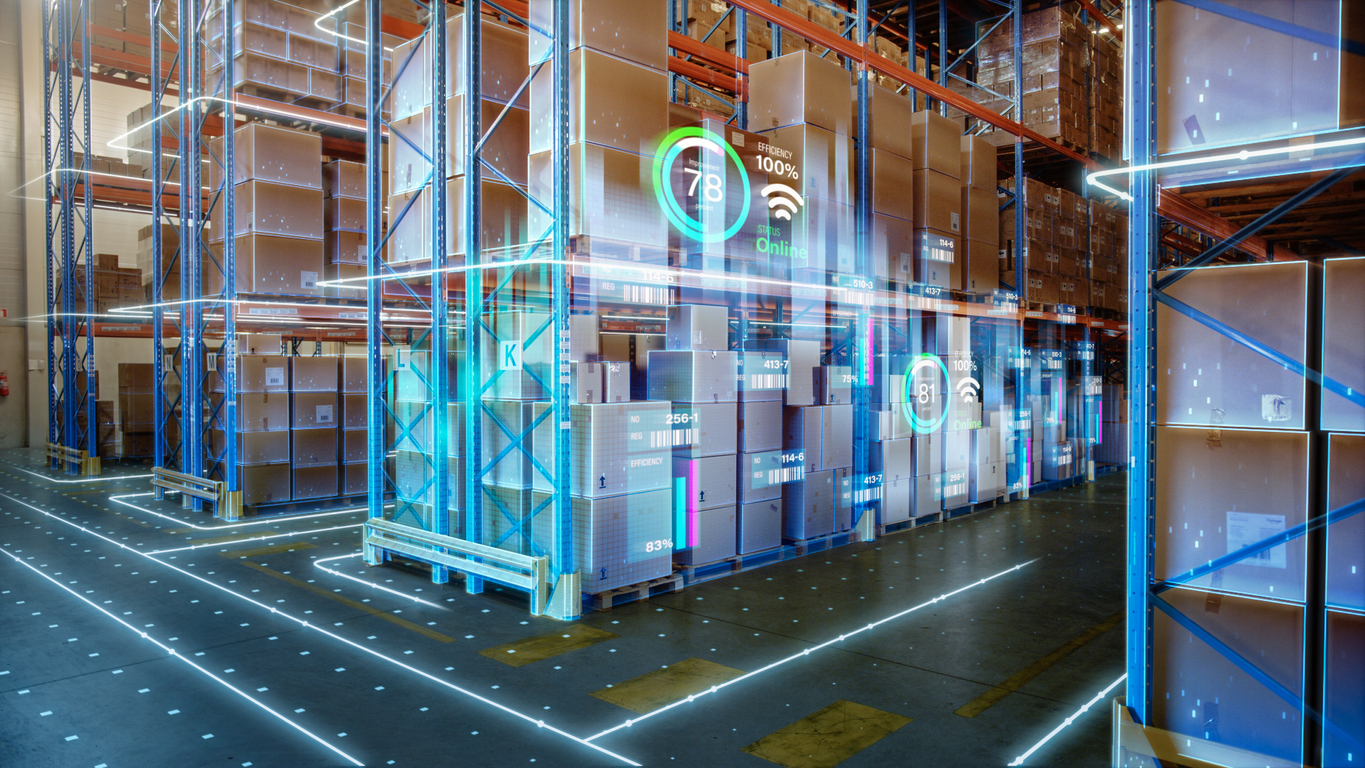Written by Vivek Menon, Senior Director and eSteering leader at Danfoss Power Solutions.
One of the first questions I get asked when we talk about our self-managed journey is, how do we work without managers? And ironically, this question usually comes after the comment, “But no one tells us what we need to do, we are already self-managed.”
My answer with a big smile usually is, well if that comment is true, then there shouldn’t be any problems. But what I have observed is that individuals are self-managed in their own tasks and accountabilities but not necessarily self-managed as teams. What I mean by that is, if there are differences of opinions on priorities, activities, directions, clashes of personalities or resources which are not resolved between two individuals, then there is usually an escalation to the manager or managers (if the two individuals belong to different line functions).
So, then the article’s headline question starts to form, and I see it as a question of how we handle these situations in a self-managed organization. When there is no manager or managers to escalate to how do we handle such issues which could be strategic, technical, commercial or people related?
Answering this natural and pertinent question is part of going deeper into the “structure” from traditional hierarchy to self-managed. In the previous overview article Self-Managed teams – the Danfoss eSteering way, we spoke about how structure is one of the 3 elements besides “processes” and “mindsets” that need to be changed in this type of organization.
To answer this question, I first go back to what key activities a traditional manager does. A manager usually must perform a mix of two key types of roles:
- Functional roles: This role usually covers strategic direction setting, goal setting, short-term prioritization, decision making, budgeting, functional conflict resolution, functional expertise or mentorship, KPI accountability, facilitating operational and governance decision meetings and keeper of time, history of decision and actions and follow up.
- People roles: This role usually covers people development, performance management, hiring and letting go, compensation, resource management, people conflict resolution, team well-being, reporting and administration activities.
Now the first thing you need to understand is that whether you have managers or not, you still need all the above activities to be handled well for the success of a team.
No manager does not mean, no management
So, what we do in our self-managed organization is to split these key roles and activities into multiple roles and accountabilities. There are two key advantages of this approach a) Decentralization and empowerment into multiple roles and b) Breaks the myth of the manager as this all-knowing, all-capable person or individual. We all know it’s nearly impossible to find a person who is excellent in both the people management roles and the functional management roles equally or at the very least, can juggle both types of competencies effectively at all times.
So, let’s break down the two types of roles and how we handle them in Danfoss eSteering.
Functional Roles
For handling the accountabilities of a manager in his functional role, we took inspiration from Holocracy and Sociocracy 3.0. We split and decentralized the main functional accountabilities into 3 main roles: Lead Link, Facilitator, Secretary. We have taken the roles as described by the Holocracy and used them in our context as below.
Lead Link
The lead link is the keeper of the purpose of the team and sets the future direction and priorities of the team/circle. He/she is also responsible for the KPIs or success metrics of the team and ensuring the right resources (people and money) are available for the team’s accountabilities. The distribution of roles within a circle is also the lead link’s accountability. Any non-delegated role or accountability also lies with the Lead link.
Facilitator
It is basically the facilitator who is “running” the meeting and ensuring a non-hierarchical, consent-based decision-making process is followed in the circle. Here is a video describing how we run a consent-based decision-making process, inspired by Sociocracy 3.0. The facilitator proposes the short-term prioritizing of the topics, whether it be operational or governance meetings. It is critical to separate the role of lead link and facilitator between two different individuals as the facilitator is a counterbalance to the lead link role. This is especially true for teams that are starting from traditional hierarchies and a former manager is taking on the lead link role.
Secretary
The secretary is the memory of the team. In this way the secretary is both responsible for capturing actions formed in the meetings, updating our roles and setting things straight when we do not recall what was decided or how a role or one of our policies should be understood. Anyone who has used the “power” of capturing meeting minutes as the main decision agreement knows the power of a secretary’s role. Where the facilitator drives the meetings, the secretary ensures that the frame for the meetings is optimal. That covers both frequencies, scheduling of meetings and selecting software for the team that ensures maximum collaboration.

People Roles
This is where we are creating our own replacement of the traditional manager accountabilities and are evolving them as we go along. Just because we don’t have a manager does not mean that we do not need people processes and activities. So, we have started to define roles that support replacing these accountabilities with new roles in the business.
Sparring partner
People development is a very important topic for us. We believe every individual owns their own development path and goals. However, we see there is clearly a role needed to take the sparring with an individual and support in creating their development goals and the progress of these defined development goals.
However, what we saw as a limitation in the traditional way was that taking this discussion only took place with the manager and their employee. This we believe is limiting both the manager and employees. For example, cases where the desire for development for the individual is a new area or competency where the manager might not be able to guide in the right way.
A sparring partner is therefore a mentor/coach of your own choice, who is a facilitator of an individual’s development and who you feel comfortable discussing your own personal development. The sparring partner can also facilitate 360 feedback on the individual’s activities. We have cases where product-focused roles chose a mentor who can support them in developing into project managers. We have also seen that this is something that needs to be trained for both the sparring partner and the employee.
New roles
Besides the sparring partner we have also developed new roles within eSteering team to handle the different people activities. One of the roles of a traditional manager is to hire people. For this very specific time-limited and outcome-based role, every team can appoint someone on a Hiring role for any new position that they want to fulfill in that team/circle. To add to it, we also have added the element of team hiring instead of individual hiring.
Another aspect of a manager’s role is to ensure the well-being of the team. Having a healthy workplace and a fun place to work is critical to employee engagement and happiness. For this, we have a Well-being role and they have taken the role further to form a team of CFO’s (Chief Fun Officers) and are organizing team events and activities.
Another key role that managers have is communication with various stakeholders. To cover this role, we have added multiple roles for communications internally and externally and we call them Bards. As we go along, we might have to define more such new roles based on the accountabilities.
Self/Circle
Besides the above-mentioned roles we have ensured that all other accountabilities of the former manager have to be covered by the circle and its purpose. Every individual is empowered to bring “tensions” to the circle they are members of. Tensions can be both an aspect of change for the better (what could be instead of what is) or concern like a conflict they are not able to resolve and get support from the team to move forward.
We have a Danfoss Behavior that we call – “Run the business as your own” and we live that spirit in eSteering. This means that everyone has an obligation to bring forward the tensions they observe and get support to solve them by following a consent-based decision process. Taking empowerment also means taking responsibility for problems and issues and managing them in a mature professional manner. This is especially true in cases of conflict between individuals.
These tensions are raised and solved in the meetings we have. We truly believe that when we can solve conflicts and solve issues in our personal lives, we should also be able to handle them in a good way at work too. We have also enabled our teams with extra support by providing soft skills training into conflict resolution, communication and facilitation and questioning techniques.
So, this is how we are currently working without a manager in eSteering
This requires team members to be able to consider topics beyond their own area of work and be open to helping each other based on their passions and interests. For all of this, transparency is the key so that people can support making the right decisions for the business. This doesn’t mean only easy or fun stuff, but also harder decisions when you need to re-prioritize activities or reduce budgets. Having said all this, we are still learning and evolving and probably need to work with more in specific areas to clarify further for e.g.: development paths. The good thing is that until we have defined it, we can still use existing processes for the same.
And what about former managers? Well, for those who are passionate about the above specific roles, they are continuing to fulfill them as selected by the teams and those who prefer to avoid specific accountabilities or roles for whatever reasons can now take on new roles and accountabilities that are more suited for them. This splitting of people roles and functional roles is really something we believe is good for organizations and teams as not all current managers enjoy both sides of the roles and by splitting the roles, we enable breaking the myth of the all-knowing manager.
Continue reading Vivek Menon’s work on the Danfoss eSteering Way:



